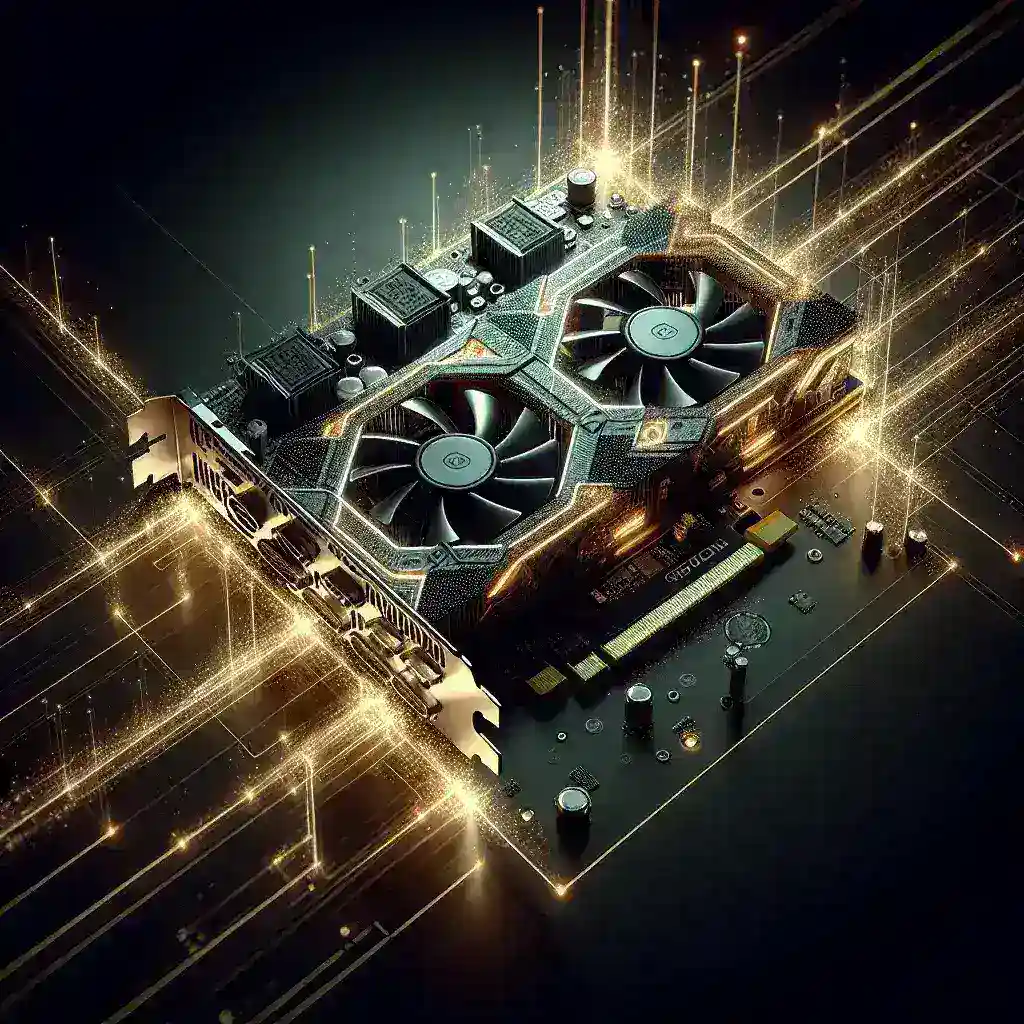Nvidia RTX 6000: A Giant Leap for Ray Tracing
Nvidia’s unveiling of the RTX 6000 represents a significant advancement in professional-grade graphics processing, particularly in the realm of ray tracing. This isn’t just a minor upgrade; it’s a substantial leap forward, promising unparalleled realism and performance for demanding applications. This in-depth analysis will dissect the card’s capabilities, comparing it to its predecessors and exploring its potential impact on various industries.
Enhanced Ray Tracing: The Core Improvement
The RTX 6000 boasts significantly enhanced ray tracing cores compared to its predecessors. While specific numbers are crucial, the qualitative improvement is readily apparent. Scenes that previously rendered slowly with noticeable artifacts now flow smoothly, exhibiting a level of detail and realism previously unattainable with this level of performance. This is largely due to architectural improvements within the GPU itself, allowing for more efficient ray tracing calculations and a higher throughput of rays per second. Think of it as upgrading from a single-lane highway to a multi-lane superhighway for light rays.
Architectural Innovations: Under the Hood
Nvidia hasn’t just tweaked existing technology; they’ve implemented significant architectural changes within the RTX 6000. These changes aren’t always immediately visible to the end-user but are fundamentally responsible for the performance gains. We’re talking about optimizations in memory bandwidth, improved shader architecture, and more efficient data pathways within the GPU. These improvements translate into faster rendering times, reduced latency, and an overall smoother user experience, even when dealing with extremely complex scenes and heavy ray tracing workloads.
Real-World Applications: Beyond Gaming
While gaming is often the first application that springs to mind when discussing high-end graphics cards, the RTX 6000’s true potential lies in professional applications. Architects can create photorealistic renderings of buildings and environments with unprecedented levels of detail. Automotive designers can visualize their creations with far greater realism, leading to more refined designs. Medical professionals can benefit from enhanced visualization tools for complex medical imaging. The possibilities are vast and extend to fields such as film production, scientific simulations, and virtual reality development.
Benchmarking and Comparisons: How Does It Stack Up?
Independent benchmarks have shown the RTX 6000 significantly outperforming previous generations in ray tracing performance. While direct comparisons with competitor products require a more comprehensive analysis across various benchmarks and applications, early indications suggest the RTX 6000 holds a strong competitive edge, especially in ray tracing-intensive workloads. The difference isn’t just marginal; it’s a substantial improvement that shifts the boundaries of what’s possible with real-time ray tracing.
A Look Ahead: The Future of Ray Tracing
The release of the RTX 6000 signifies a critical juncture in the evolution of ray tracing technology. The performance gains showcased by this card suggest that ray tracing is rapidly moving from a niche technology to a mainstream capability. We can expect further advancements in the coming years, with even greater performance and more widespread adoption across a diverse range of applications. This technology is no longer a futuristic dream; it’s a present-day reality, constantly evolving to meet the ever-growing demands of professionals and enthusiasts.
Addressing Potential Concerns: Challenges and Limitations
Despite the significant advancements, the RTX 6000, like any high-end technology, isn’t without its limitations. The cost of entry remains relatively high, potentially limiting access for some users. Power consumption can also be a concern, requiring robust power supplies and potentially impacting energy efficiency. However, these are trade-offs often associated with leading-edge technology, and the performance gains significantly outweigh these limitations for many users.
Case Study: Architectural Visualization
Consider an architectural firm tasked with rendering a highly detailed model of a modern skyscraper. Using previous-generation hardware, this process could take hours, even days, depending on the scene’s complexity. With the RTX 6000’s enhanced ray tracing capabilities, the same rendering process could be completed in a fraction of the time, allowing for quicker design iterations and more efficient workflow.
The Impact on Creative Professionals: A Paradigm Shift
The RTX 6000’s impact on creative professionals is profound. Imagine filmmakers creating more realistic lighting and shadows in post-production, significantly reducing the time and resources needed for complex visual effects. Game developers can push the boundaries of visual fidelity, creating richer, more immersive gaming experiences. The potential for innovation across diverse creative fields is immense.
Beyond the Numbers: The Human Element
The advancements in ray tracing technology aren’t just about faster rendering speeds or improved visuals. They represent a paradigm shift in how we interact with digital environments. The increased realism allows for more immersive and engaging experiences across various applications, from gaming and entertainment to scientific visualization and medical imaging.
Conclusion: A New Era in Visual Computing
The Nvidia RTX 6000 doesn’t just represent an incremental improvement; it’s a milestone in the evolution of ray tracing technology. Its enhanced performance, architectural innovations, and real-world applications highlight the transformative potential of this technology, promising a future where highly realistic visuals are readily accessible across a wide range of industries. The implications for professionals and enthusiasts alike are significant, ushering in a new era in visual computing.
For more information on professional-grade graphics cards, you can refer to resources such as Nvidia’s Data Center website (rel=”nofollow”) or AMD’s website (rel=”nofollow”).

